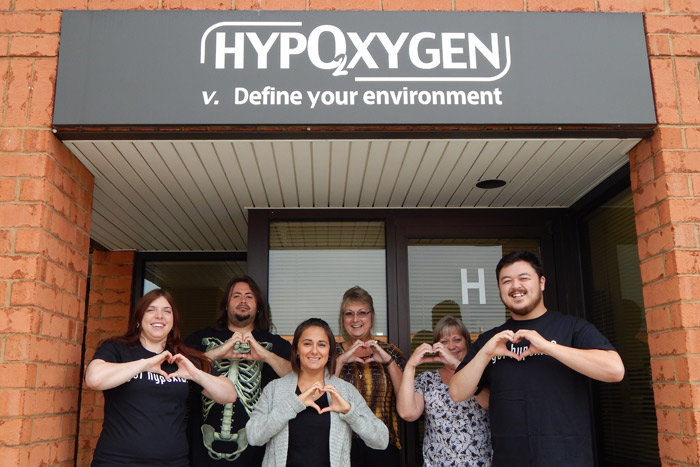September 29, 2016 is World Heart Day, when organizations globally advocate “creating heart-healthy environments”, for example by eating more healthily and exercising 30 minutes a day. Healthy environments are also a priority for Don Whitley Scientific and HypOxygen, whose HypOxystation is used globally by cardiovascular researchers to mimic the in vivo environment, so cells behave in a physiologically relevant manner. Temperature, CO2, oxygen and humidity are controlled in the HypOxystation, and cells are cultured and manipulated in that physiological environment without ever experiencing the “oxygen shock” of the bench atmosphere. The in vivo environment recreated in the HypOxystation is healthy with regard to metabolism, proliferation, signaling, and drug responsiveness, to name a few.
Hear Dr. Michael Cross, Molecular and Clinical Pharmacology Department, University of Liverpool, speak about his work with cardiac spheroids to assess cardiovascular drug toxicity. “The H35 allows us to generate oxygen levels that reflect the in vivo physiology these cells would be exposed to. We chose the Hypoxystation with its oxygen profiling feature, which allows us to recreate cycles of ischemia, where oxygen levels typically sink to 1-3%”.
On the other side of the Pacific, Dr Vaibhao Janbandhu of the Division for Developmental and Stem Cell Biology at the Victor Chang Cardiac Research Institute (VCCRI) in Sydney, uses the H35 HypOxystation in his work with cardiac stem cells as targets for regeneration therapies. He says that “the H35 Hypoxystation provides a highly stabilized environment in which levels of oxygen, carbon dioxide, temperature and humidity are precisely controlled.” Also at the Victor Chang Cardiac Research Institute, Dr. Louise Dunn uses her H35 to research metabolic reprogramming in ischemia-mediated neovascularization. Dr. Roland Stocker, head of that division, co-authored a paper in early September in Physiological Reviews giving a comprehensive overview of heme oxygenases as oxygen sensing signals in cardiovascular disease.
These researchers using the HypOxystation for cardiovascular projects will concur with our user Jim Uniacke at University of Guelph, who says, “Experiments performed in so-called normoxia might be misleading (and) physiological phenotypes could be masked… This study highlights the importance of oxygen as a cell culture parameter when making physiological inferences”.
HypOxygen • Define your Environment • Choose your Atmosphere
